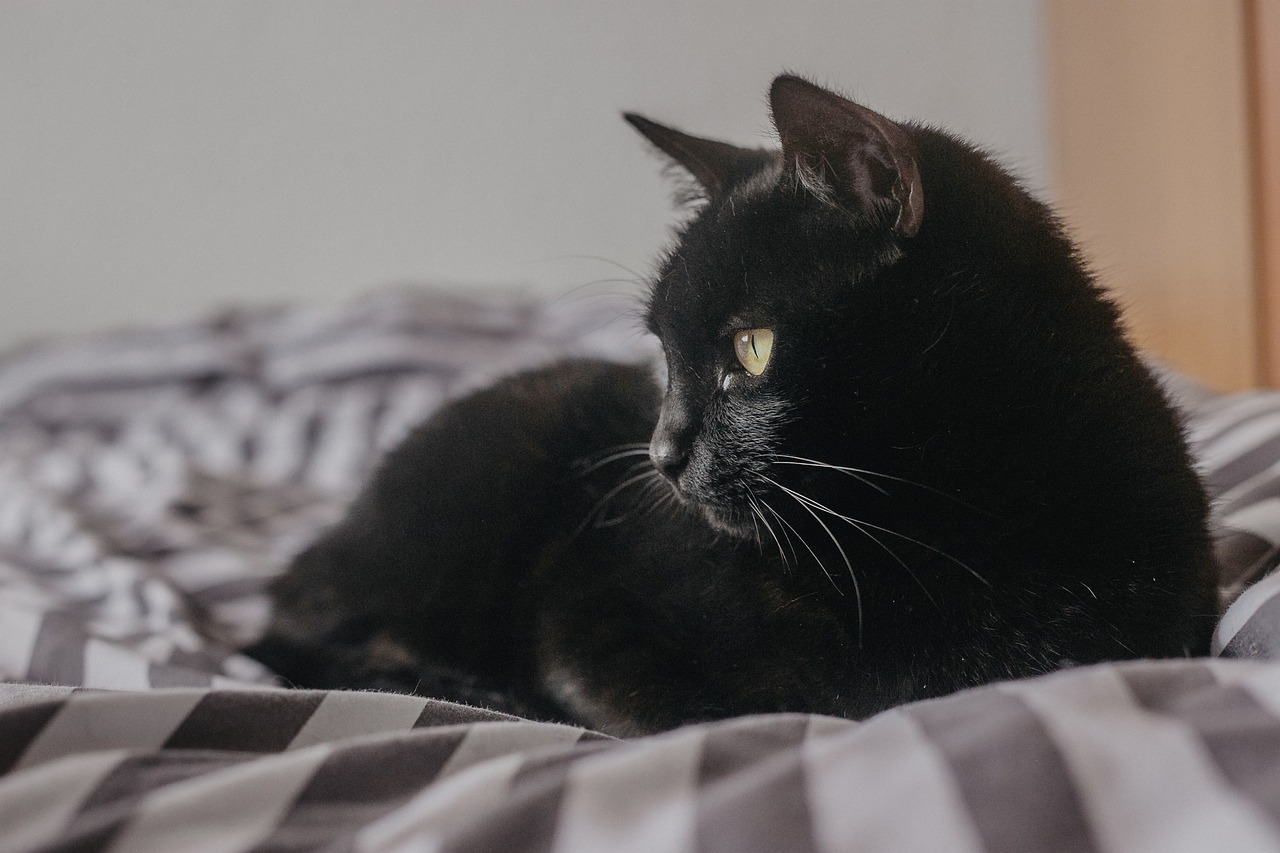Feline leukemia virus (FeLV) is specific for cats. It is not dangerous for people, dogs, or other animals.
It does not survive long outside a cat’s body, and common detergents and disinfectants can easily kill it on surfaces.
Read our tips on how to care for a cat with feline leukemia below.
Disclaimer: All content and information on this website are for informational and educational purposes only and do not constitute veterinary medical or pet health care advice.
Home care
Your veterinarian might recommend keeping your cat indoors and letting them outside only when supervised or in a secure enclosure. This helps prevent infections and injuries and decreases the risk of transmission of feline leukemia to other cats.
Feed your cat a balanced commercial diet. Do not feed raw meat and milk products. Feline leukemia can result in immunosuppression, and common pathogens found in raw meat and milk can be dangerous to cats with FeLV.
Stress is bad for cats with the feline leukemia virus. It increases the chances of clinical disease and might lead to a shorter life span. Try to avoid it.
Ensure you look after your cat well – take care of their fur, claws, and teeth. Watch your cat’s weight, behavior, energy level, appetite, and bathroom habits, and regularly check its eyes and mouth. Talk to your cat’s veterinarian immediately if you notice any changes or symptoms.
Vet visits
Unless advised otherwise, have your cat seen by a vet every six months. Schedule a vet visit right away if you notice any symptoms.
Your veterinarian might recommend regular lab tests, most commonly CBC (complete blood count) and urinalysis.
If your pet has not been neutered or spayed yet, ask your vet about it. If your cat’s condition permits, it can usually be done. Neutering and spaying help prevent fighting, stress from heat, and transmission to kittens in female cats.
Do not avoid vaccination against other cat diseases unless your cat’s veterinarian advises otherwise. Cats with feline leukemia are at higher risk of being severely affected by and dying from common infections. Protect them with regular vaccination.
Protect your cat from external and internal parasites – use preventives recommended by your cat’s vet.
Follow all veterinarian’s recommendations regarding the treatment of your cat.
What to do if I have other cats at home?
Let your vet know you have other cats. Veterinarians commonly recommend testing all cats living together for feline leukemia virus. For those who tested negative the first time, another test one month later might be needed.
If possible, separate positive cats from negative. Do not let them share bowls and litter boxes. Vaccinate negative cats per your veterinarian’s advice.
If permanent separation is impossible, isolate negative cats until three weeks after their last booster vaccination. Have multiple water and food bowls and litter boxes. This prevents stress and fighting for resources if many cats, including those infected with leukemia, live together.
All cats should be neutered/spayed if possible. That helps to prevent fighting, stress, and disease transmission during breeding and to kittens.
Use cat-safe detergents and disinfectants to decrease the risk of transmission of feline leukemia virus between cats. Wash your hands regularly.
Feline leukemia is a life-long disease, and correct home and veterinary care can significantly improve your cat’s quality of life and longevity. Do not hesitate to ask your cat’s veterinarian any questions about how to care for a cat with feline leukemia.
References
- The American Association of Feline Practitioners (AAFP). Feline retrovirus testing and management guidelines. Last accessed on February 14, 2024.
- MSD Veterinary Manual. Feline Leukemia Virus Disease. Last accessed on February 14, 2024.
